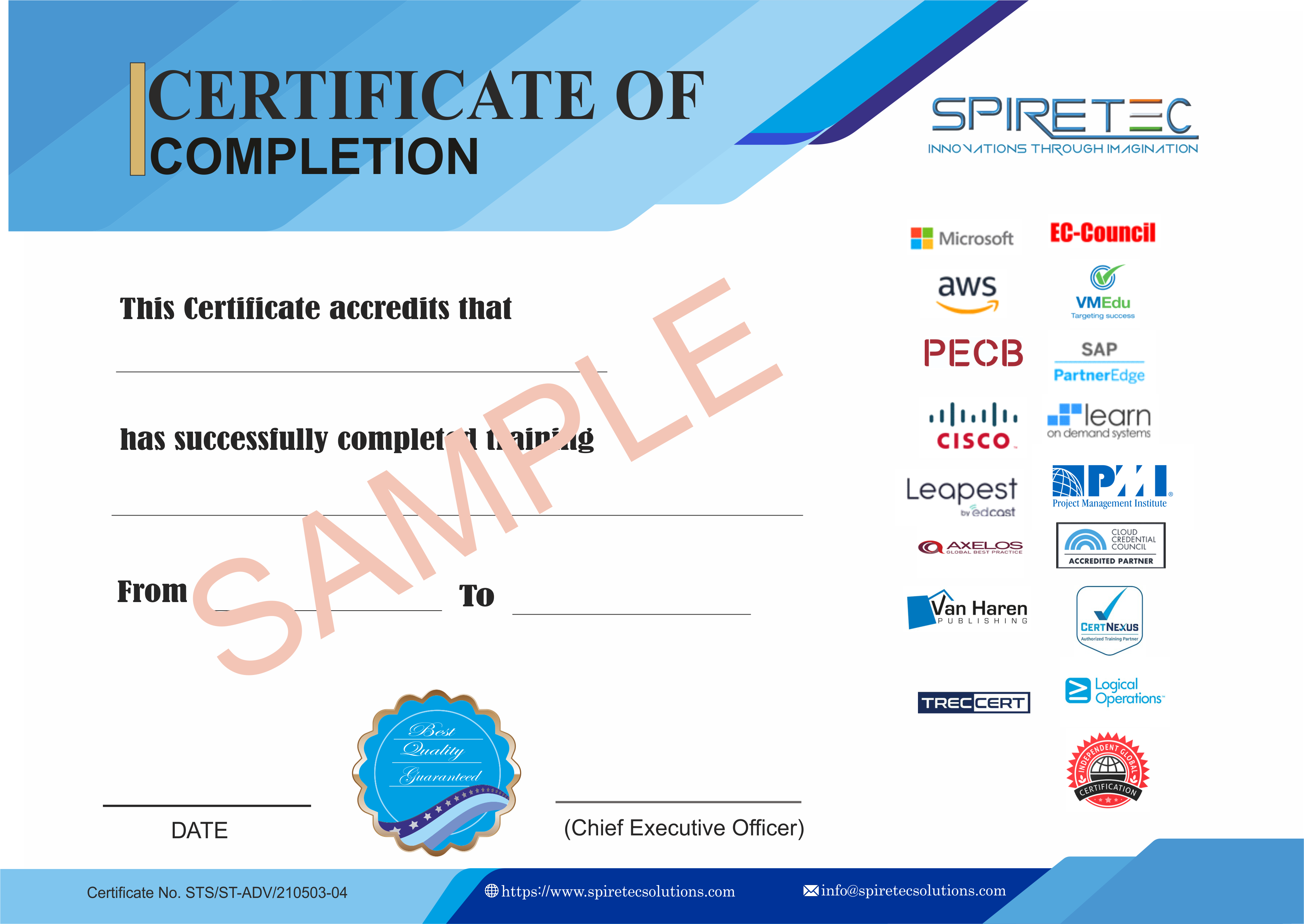The 55281 : SharePoint Online Branding course offers various options for branding SharePoint Online sites. SharePoint Online provides non-code options to add logos, apply corporate color schemes, and use conditional formatting on apps. Additionally, coded customizations can be applied if required. This branding course focuses on using the non-code options and provides guidance on where to find resources. It does not cover writing code for non-standard customizations. Designed for professionals seeking to align their organization’s brand with SharePoint Online, the course spans a concise one-day duration. Learners will explore modern branding techniques, utilize out-of-the-box features, and apply custom themes. The course includes practical sessions on managing themes, customizing lists, and maintaining brand consistency across SharePoint interfaces. Ideal for site managers and content curators with basic SharePoint Online knowledge, this course equips participants to implement effective branding solutions without the need for complex coding, enhancing the aesthetic and functional experience of SharePoint sites.
Audience Profile:
The intended audience for this course includes those who are using SharePoint Online and want to personalize sites.
At Course Completion:
After completing this course, students will be able to:
-
Understand the variations in SharePoint Online user interfaces, such as classic and modern.
-
Implement out-of-the-box customizations for themes, logos, headers, footers, menu layouts, and more.
-
Format columns and views in lists and libraries.
-
Operate Power Apps for customizing forms in SharePoint Online.
-
Use a variety of tools for conditioning SharePoint themes and pages.
-
Leverage features such as site designs and hub sites to deploy customizations.
Prerequisites:
-
We expect attendees of this course to have experience managing a site in SharePoint Online, which includes tasks such as creating sites, apps, and working with content in a site.
Course Outline:
Module 1: Branding in SharePoint Online
Objective: Understand the complex history of SharePoint, focusing on its evolution from on-premises to cloud services and the impact of this transition on branding.
Lessons:
-
A history of branding in SharePoint
-
What is SharePoint?
-
How was SharePoint branded in the past?
-
Publishing sites and master pages
-
SharePoint Designer
-
Live SharePoint publishing sites
-
SharePoint’s journey to the cloud
-
A change in best practices
-
Modern vs. classic
-
What tools may you need?
-
Understanding your company branding
Lab 1: Setting up SharePoint:
Outcome: After completing this module, students will be able to:
-
Recognize classic and modern SharePoint interfaces.
-
Understand the difference between on-premises and cloud versions of SharePoint.
-
Be aware of legacy techniques and why they are not valid in SharePoint Online modern sites.
-
Know which tools are required and which are optional for branding SharePoint Online.
Module 2: Managing Modern Themes
Objective: Focus on out-of-the-box updates in SharePoint Online for branding purposes, utilizing built-in menus and options.
Lessons:
-
Upgrading from classic to modern
-
Changing themes in team and communication sites
-
Adding site logos
-
Headers
-
Mega menus and cascading menus
-
Background images
-
Footers
-
Deploying themes with hub sites
-
Setting up hub sites
-
Connecting to hub sites
-
Set up an organizational custom theme
Lab 1: Customize a modern site:
-
Set up a hub site hierarchy
-
Customize your hub site theme
-
Build your hub site navigation
-
Associate a team site to the hub site
-
Update an organizational theme
Outcome: After completing this module, students will be able to:
-
Customize themes, headers, footers, logos, and other site aesthetics.
-
Understand how hub sites can be used for branding.
-
Connect sites to a hub site.
-
Be aware of best practices for customizing the look and feel of a site.
-
Deploy an organizational custom theme for the Office 365 navigation bar.
Module 3: Creating Custom Themes
Objective: Showcase tools used to customize the branding of a SharePoint site beyond the default options, including SharePoint Designer, the SharePoint Online Management Shell, and Site Designs.
Lessons:
-
Using SharePoint Designer with modern pages
-
SharePoint Designer 2013 prerequisites
-
Navigating SharePoint Designer
-
Connecting to Sites and Pages
-
Updating modern pages
-
Using the theme designer
-
An overview of the theme designer
-
Exporting your new theme
-
Deploying themes using PowerShell
-
Connect to SharePoint and sign in
-
Deploying and removing a custom theme
-
Applying themes with Site Designs
Lab 1: Design a custom theme:
Outcome: After completing this module, students will be able to:
-
Use SharePoint Designer 2013 to update modern page layouts.
-
Generate a new custom theme using the Fluent UI theme designer.
-
Use the SharePoint Online Management Shell to deploy a custom theme.
-
Use Site Designs to deploy your custom theme to new and existing sites.
Module 4: Customizing Lists and Libraries
Objective: Focus on applying branding to SharePoint’s working areas, lists, and libraries, known collectively as apps, including conditional formatting and the use of Power Apps.
Lessons:
-
Introducing JSON to lists and libraries
-
Using design mode
-
How to apply formatting to columns
-
Format choices
-
Conditional formatting
-
Format views
-
Using branding with formatting
-
Using advanced mode
-
Sample JSON code segments
-
Schemas and branding
-
Create clickable actions
-
How to add icons
-
Customizing people and hover cards
-
Further samples
-
Using Power Apps in lists and libraries
-
Create a new form
-
Brandable elements
-
Removing a custom form
Lab 1: Format lists and use Power Apps with forms:
-
Create a list based on a spreadsheet
-
Apply row formatting to a list
-
Add column formatting
-
Add a custom form in Power Apps
Outcome: After completing this module, students will be able to:
-
Implement formatting against columns and rows in lists and libraries.
-
Be aware of the design mode and advanced mode formatting editors.
-
Know where to go for additional support and resources for editing JSON.
-
Understand the role of Power Apps in customizing SharePoint list and library forms.







 Live Online Training (Duration : 08 Hours)
Live Online Training (Duration : 08 Hours)
